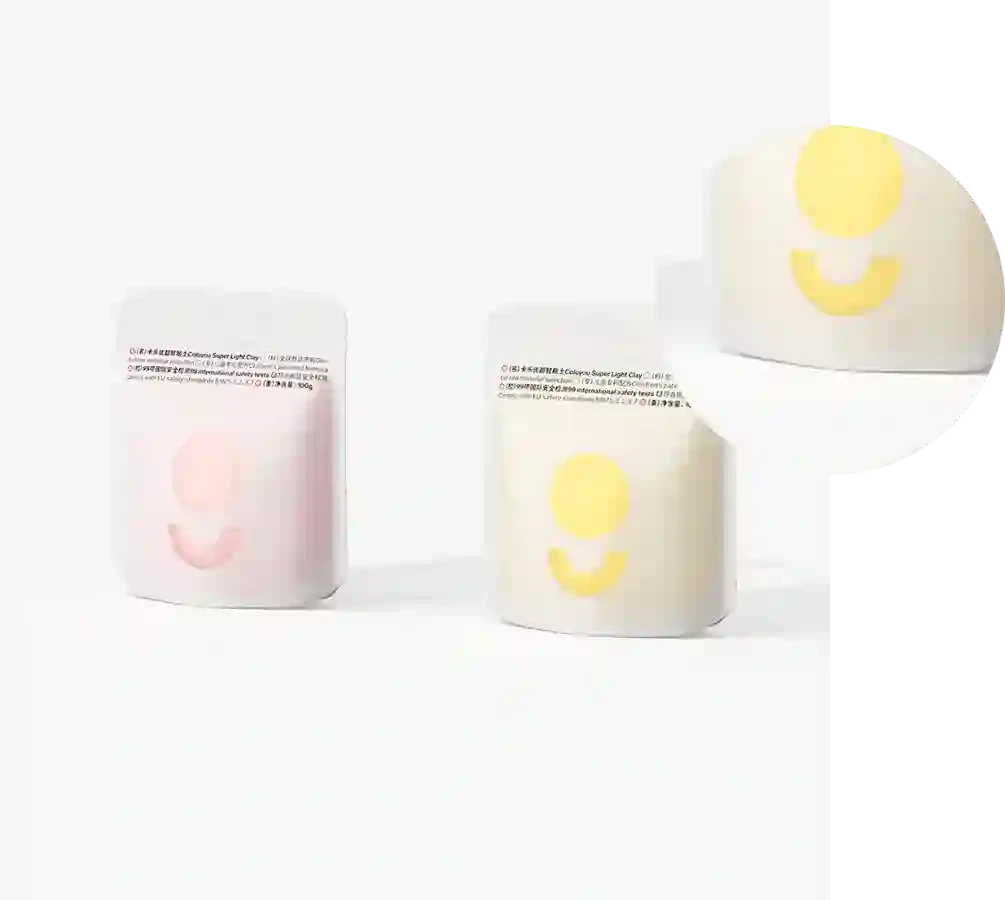- Afrikaans
- Albanian
- Amharic
- Arabic
- Armenian
- Azerbaijani
- Basque
- Belarusian
- Bengali
- Bosnian
- Bulgarian
- Catalan
- Cebuano
- chinese_simplified
- chinese_traditional
- Corsican
- Croatian
- Czech
- Danish
- Dutch
- English
- Esperanto
- Estonian
- Finnish
- French
- Frisian
- Galician
- Georgian
- German
- Greek
- Gujarati
- haitian_creole
- hausa
- hawaiian
- Hebrew
- Hindi
- Miao
- Hungarian
- Icelandic
- igbo
- Indonesian
- irish
- Italian
- Japanese
- Javanese
- Kannada
- kazakh
- Khmer
- Rwandese
- Korean
- Kurdish
- Kyrgyz
- Lao
- Latin
- Latvian
- Lithuanian
- Luxembourgish
- Macedonian
- Malgashi
- Malay
- Malayalam
- Maltese
- Maori
- Marathi
- Mongolian
- Myanmar
- Nepali
- Norwegian
- Norwegian
- Occitan
- Pashto
- Persian
- Polish
- Portuguese
- Punjabi
- Romanian
- Russian
- Samoan
- scottish-gaelic
- Serbian
- Sesotho
- Shona
- Sindhi
- Sinhala
- Slovak
- Slovenian
- Somali
- Spanish
- Sundanese
- Swahili
- Swedish
- Tagalog
- Tajik
- Tamil
- Tatar
- Telugu
- Thai
- Turkish
- Turkmen
- Ukrainian
- Urdu
- Uighur
- Uzbek
- Vietnamese
- Welsh
- Bantu
- Yiddish
- Yoruba
- Zulu
vacuum packed meat
The Benefits and Considerations of Vacuum-Packed Meat
Vacuum packing is a popular method for preserving food, particularly meat, by removing air from the packaging, which helps prevent spoilage and extends shelf life. This technique has gained traction among consumers and retailers alike, as it offers several benefits in terms of food safety, storage efficiency, and overall quality. However, there are also considerations to keep in mind when dealing with vacuum-packed meat.
The Benefits and Considerations of Vacuum-Packed Meat
Storage efficiency is another benefit of vacuum packing. The compact nature of vacuum-sealed packages means that they take up less space, allowing for more efficient use of refrigerator and freezer space. This is particularly advantageous for those who like to stock up on groceries or for families who regularly buy in bulk. Moreover, the airtight packaging helps prevent freezer burn, which can lead to a loss of flavor and texture in meat products. This quality retention is particularly important for chefs and home cooks who want to ensure their dishes taste their best.
vacuum packed meat

In addition to practical benefits, vacuum packing also helps maintain the quality of the meat. The absence of oxygen prevents oxidative reactions, which can cause changes in color, flavor, and nutritional value. Consequently, vacuum-packed meat tends to retain its original flavor and texture longer than meat stored in conventional packaging. This can enhance culinary experiences, whether it's a casual family dinner or an elaborate gourmet meal.
However, while vacuum-packed meat offers numerous advantages, there are also certain considerations consumers should be aware of. One major concern is the potential risk of anaerobic bacteria, such as Clostridium botulinum, which can thrive in low-oxygen environments. Although vacuum packing alone does not create ideal conditions for such bacteria to grow, it necessitates proper handling and storage practices. It is essential to keep vacuum-packed products refrigerated or frozen until they are ready to be consumed. Additionally, once opened, vacuum-packed meat should be treated like any other perishable food and consumed promptly to avoid health risks.
Another important aspect to consider is the environmental impact of vacuum packing. Many vacuum-sealed products are packaged in plastics that may not be recyclable or environmentally friendly. This raises questions about sustainability and waste management, especially for consumers who are increasingly aware of their ecological footprints. As a response, some companies are exploring alternative packaging materials that offer similar benefits without compromising environmental integrity.
In conclusion, vacuum-packed meat presents a multitude of benefits that can enhance food storage and preparation experiences. With extended shelf life, improved storage efficiency, and better-quality retention, it stands as a convenient option for consumers. Nonetheless, it is vital to remain vigilant about safe handling practices and consider the environmental impact of packaging materials. As the food industry continues to evolve, striking a balance between convenience and sustainability will be essential for future innovations in meat preservation and packaging. By making informed choices, consumers can enjoy the advantages of vacuum-packed meat while also being mindful of their health and the planet.













